The Legacy of John Polidori: The Romantic Vampire and its Progeny, ed. by Dr Sam George and Dr Bill Hughes
Out now from Manchester University Press.
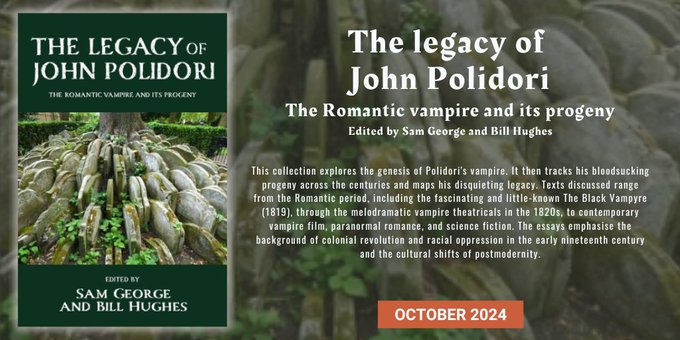
This collection of essays begins with a Forward, ‘Poldori Revisited’, by the pioneer of academic vampire studies, Sir Christopher Frayling, with his meditations on Polidori’s portrait.
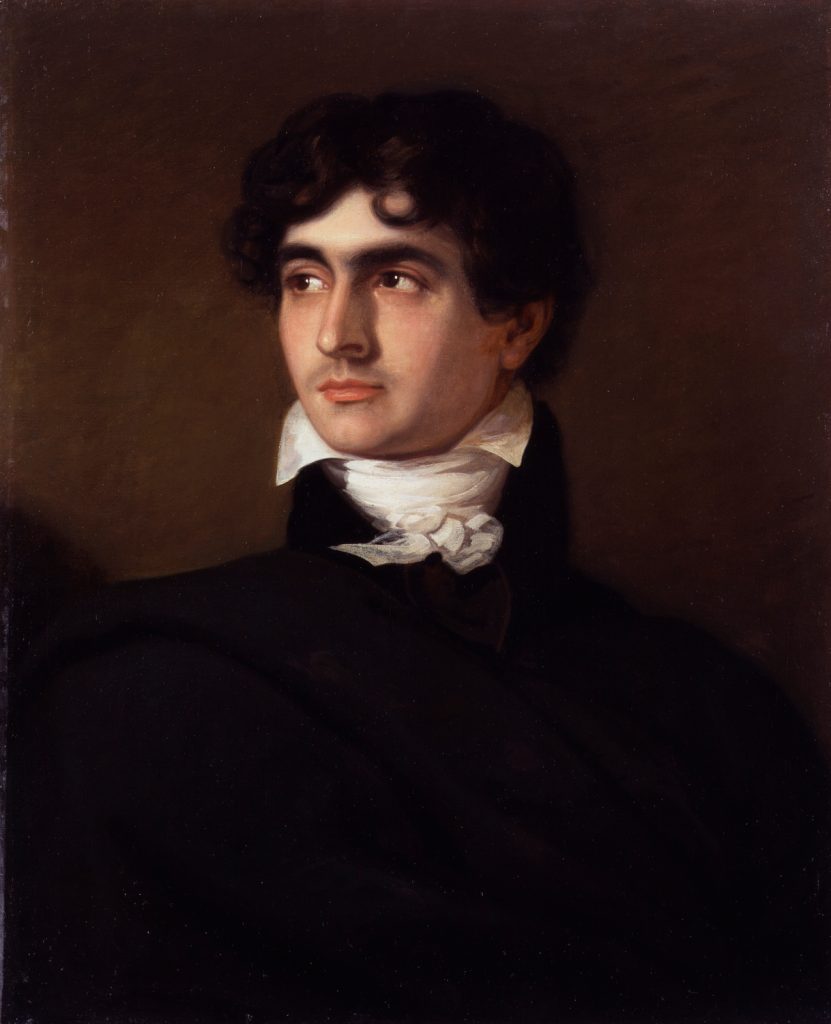
Then follows a comprehensive Introduction (Chapter 1) by Sam George and Bill Hughes on the legacy of the man who wrote the first vampire tale in English, The Vampyre (1819). George and Hughes cover the genesis and publication of the tale and the controversies surrounding it; the avatars of Polidori’s radical revisioning of the vampire as aristocratic seducer (and of Polidori himself as he appears in various fictions); and an analytical survey of the critical work on The Vampyre.
Each of the following chapters present different perspectives on Polidori’s fascinating and influential text and its legacy in the first edited collection to approach the subject:
Ch. 2. Sam George, ‘Phantasmagoria: Polidori’s The Vampyre from theatricals to vampire slaying kits’
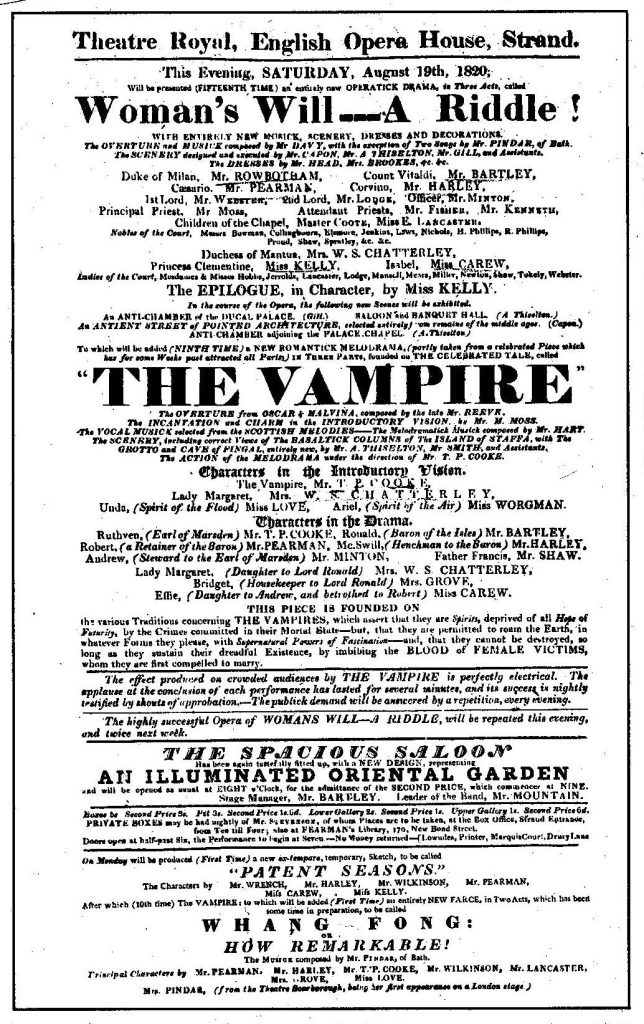
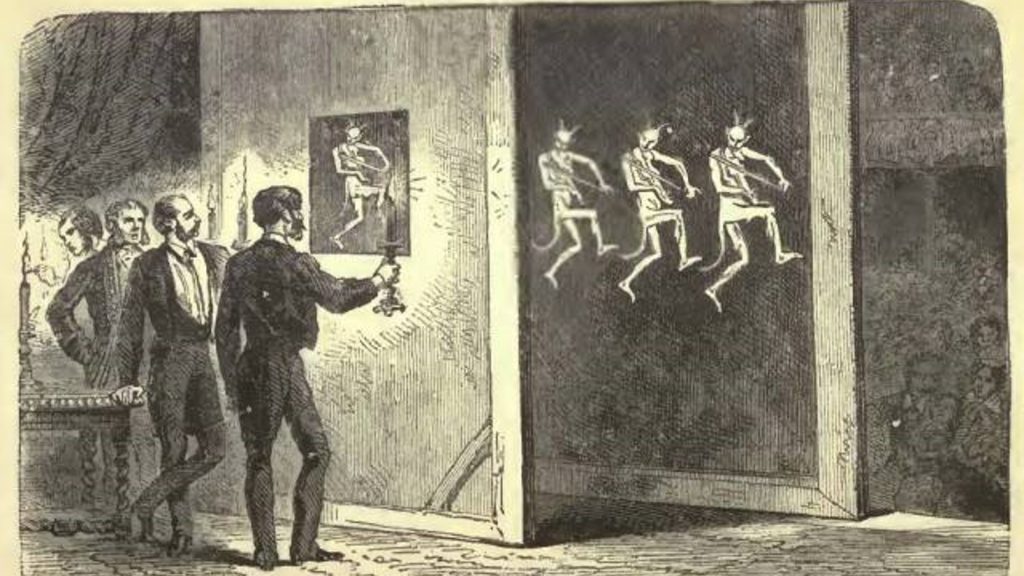
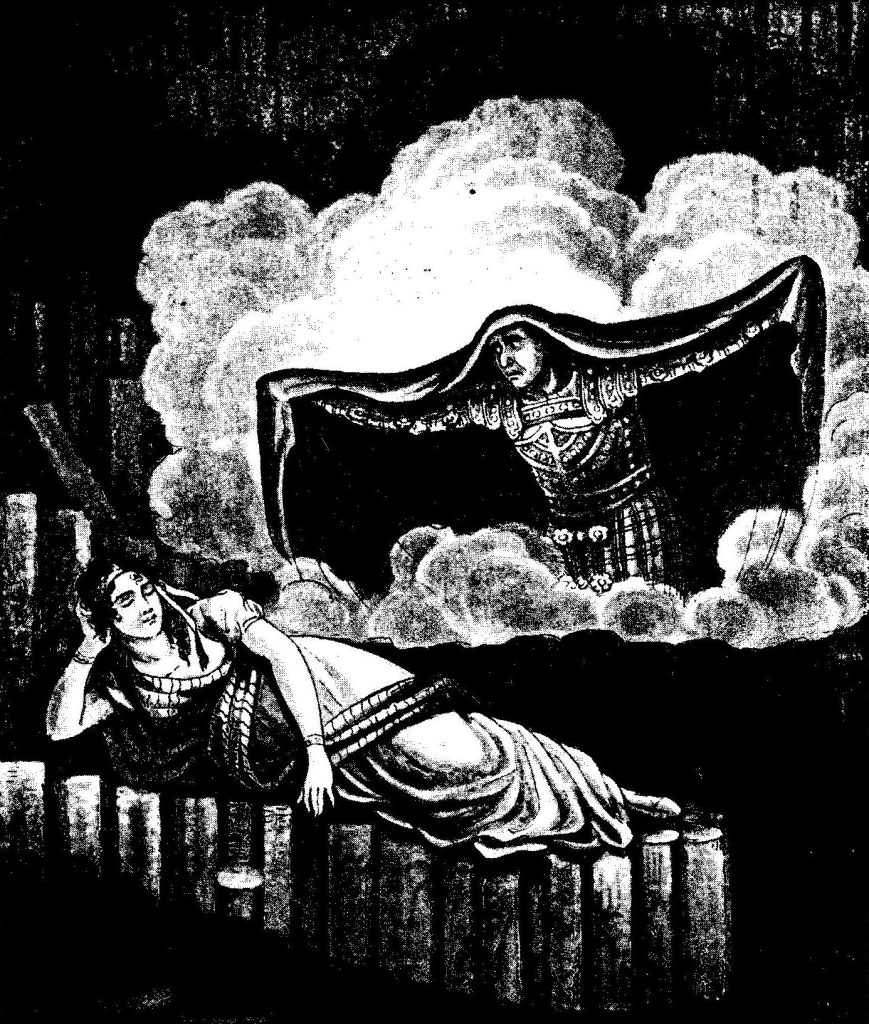
George gives an account of the stage adaptations of Polidori’s story which, with the Romantic vampire, have a shared origin in phantasmagoria, from the German ghost stories that inspired Byron’s vampire fragment at the Villa Diodati, to the spectacular summoning of revenants on stage in Paris. Stage props and effects are crucial to the changing representations of the vampire.
Ch. 3. Fabio Camilletti, A séance in Bristol Gardens: Reassessing The Vampyre
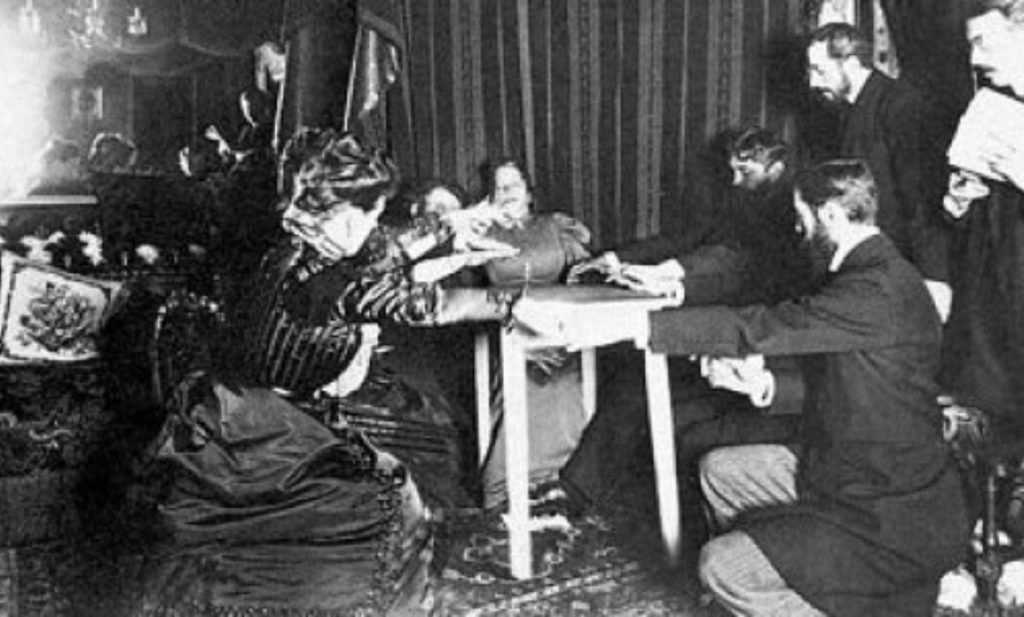
Via the séances of the Rossetti brothers (Polidori’s nephews), Camilletti explores the composition of The Vampyre, its publication history and the legacy of Polidori among the Rossettis. He argues that Polidori saw links between Englishness and the inhuman, raising concerns with free will and determinism, recalling the discussions at the Villa Diodati.
Ch. 4. Harriet Fletcher, The vampiric fan: Gothicising Byron’s literary celebrity in Polidori’s The Vampyre
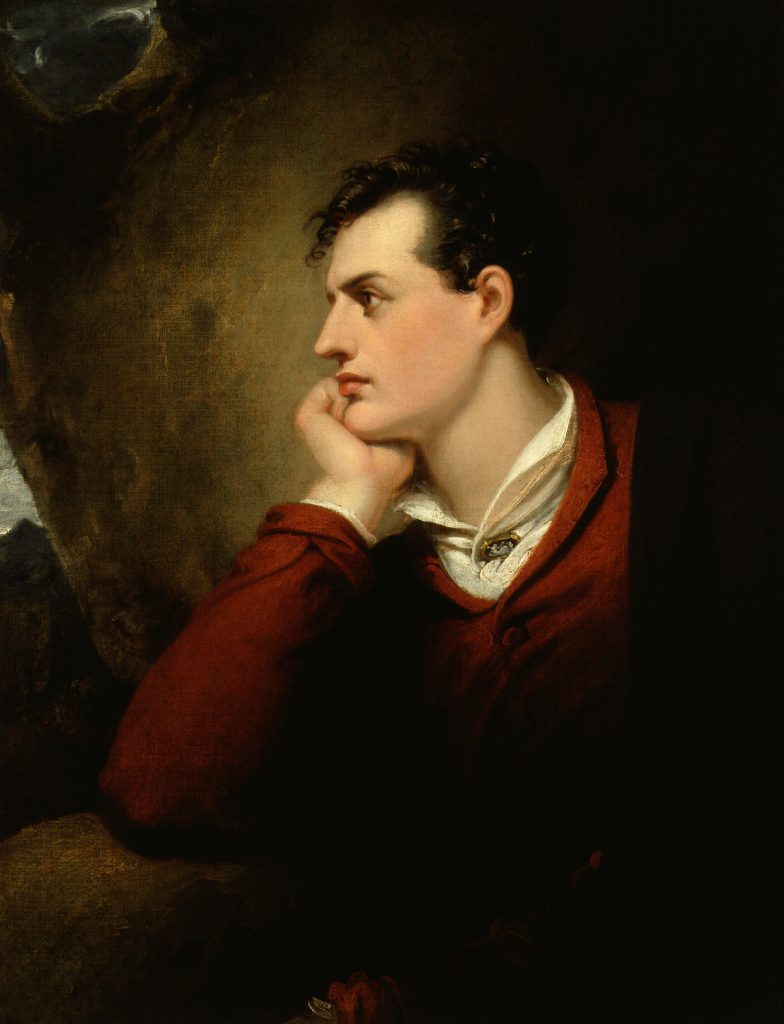
Fletcher develops ‘a Gothic celebrity reading’ of The Vampyre from Gothic studies, celebrity studies and fan studies, showing how Lord Byron, the first modern celebrity, is cast as Ruthven, with Aubrey as fan and Byromaniac, using vampirism to critique mass celebrity consumerism. Byron and the rise of industrial print culture are central to the emergence of mass culture.
Ch. 5. Bill Hughes, Rebellion, treachery, and glamour: Lady Caroline Lamb’s Glenarvon, Polidori and the progress of the Romantic vampire
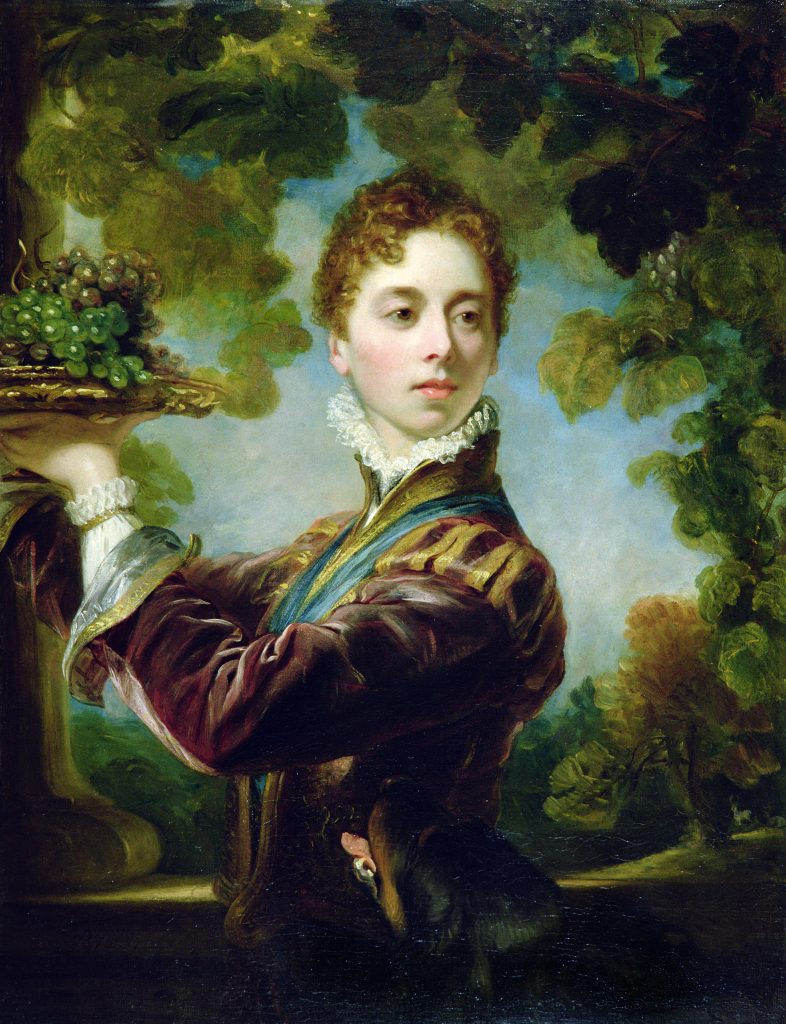
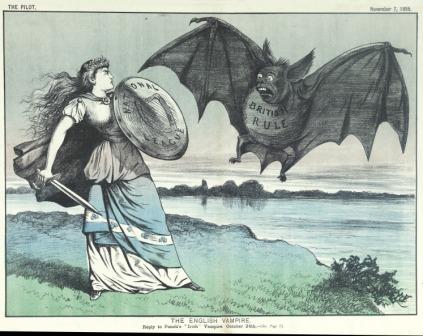
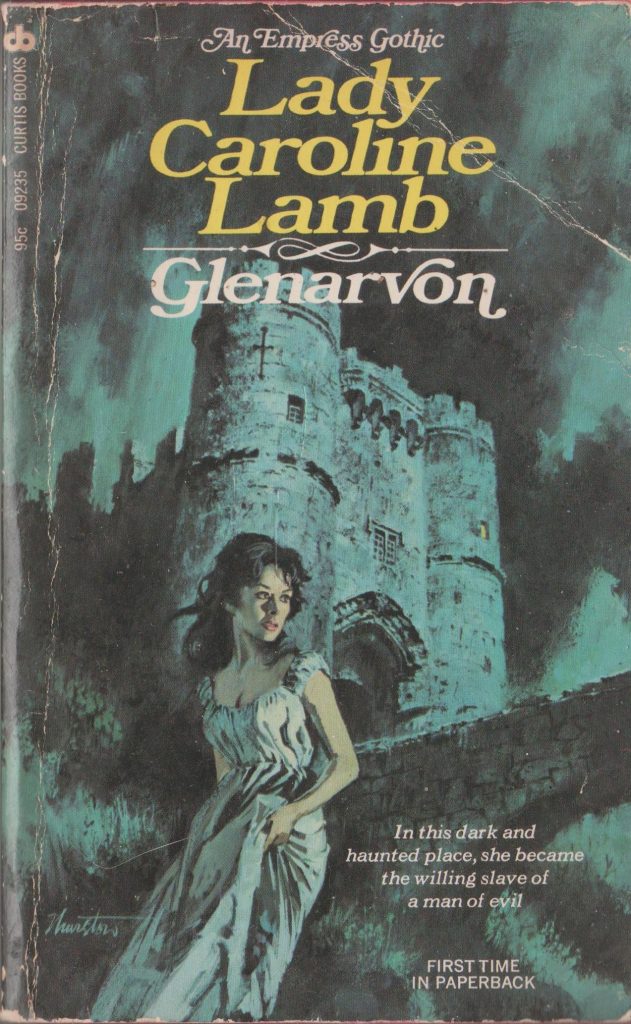
Hughes looks at Lady Caroline Lamb’s casting of Byron, the lover who spurned her, as the vampiric Ruthven (Glenarvon), the model for Polidori’s aristocratic Ruthven and for vampiric lovers in Gothic and paranormal romances. The context is the rebellion against British colonialism in Ireland, where Glenarvon’s political persuasiveness is linked to his sexual glamour. Byronism is an infection, like vampirism; but Lamb’s ambiguous text also shows sympathy for radicalism.
Ch. 6. Marcus Sedgwick, Sexual contagions: Romantic vampirism and tuberculosis; or, ‘I should like to die of a consumption’
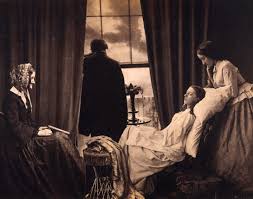
Marcus Sedgwick (1968–2022) explores the interconnection between Romantic, often sexualised, views of tuberculosis and the radical new image of the sexually predatory vampire with its characteristic pallor, that Polidori (himself a medical doctor) inaugurated. These characteristics, incorporating symptoms known to Polidori from his medical background, became part of the radical shift in the image of the vampire.
Ch. 7. Nick Groom, The Vampyre, Aubrey, and Frankenstein
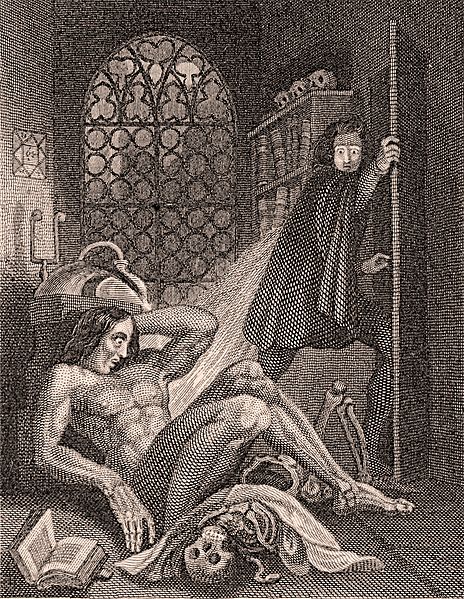
Groom draws out unsuspected connections between The Vampyre and Mary Shelley’s Frankenstein, born together as they were at the Villa Diodati in 1816. Both works show a mutual influence and a basis in the conversations at the Villa, and Groom discovers complex affinities between Victor Frankenstein and Aubrey, the deluded companion of Polidori’s vampire.
Ch. 8. Sam George and Bill Hughes, From lord to slave: Revolt and parasitism in Uriah Derick D’Arcy’s The Black Vampyre
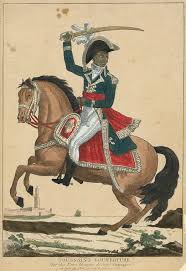
George and Hughes turn to D’Arcy’s The Black Vampyre, a neglected work which features the first Black vampire and which directly responded to Polidori’s tale and to the ferment of the Haitian Revolution with its abolition of slavery. They argue that it has a radical force which extends, through its hybrid form, to a satire on vampiric capitalism in general.
Ch. 9. Ivan Phillips, ‘But if thine eye be evil’: Tropes of vision in the rise of the modern vampire
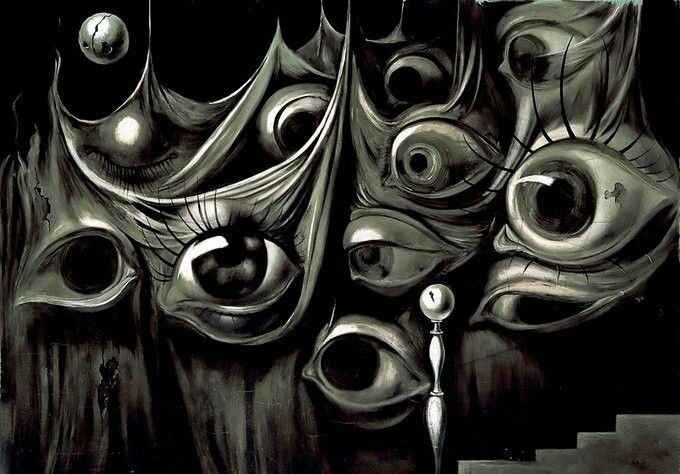
Phillips traces Polidori’s concern with eyes and visual imagery, through The Vampyre and his novel Ernestus Berchtold, in the evolution of the modern vampire. Using Freud’s theory of the Uncanny, he analyses how the vampire of modernity, beginning with Polidori, destabilises notions of identity and experience.
Ch. 10. Sorcha Ní Fhlainn, ‘Knowledge is a fatal thing’, or from fatal whispers to vampire songs: Breaking Polidori’s oath in The Vampire Chronicles and Byzantium

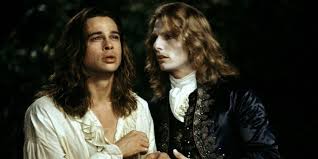
Ní Fhlainn shows how Polidori initiates the theme of terrible secrets and confessions that are present in postmodern vampire narratives, particularly in Anne Rice’s novels and the vampire films of Neil Jordan, Interview with the Vampire and Byzantium, where immortality destroys feminine values.
Ch. 11. Kaja Franck, ‘The deadly hue of his face’: The genesis of the vampiric gentleman and his deadly beauty; Or, how Lord Ruthven became Edward Cullen

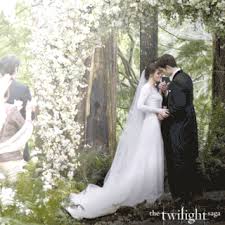
Polidori’s Lord Ruthven, able to pass in polite society, anticipates the sparkling vampires of Stephenie Meyer’s Twilight novels. However, these are focalised through the voice of Edward Cullen’s lover, Bella Swan, and are portrayed as wholesome, serving an audience attracted to otherness and reflecting consumerist values.
Ch. 12. Jillian Wingfield, Vampensteins from Villa Diodati: The assimilation of pseudo-science in twenty-first-century vampire fiction
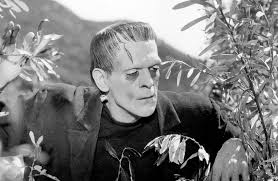
Wingfield points to the occasion of The Vampyre’s creation at the Villa Diodati alongside the birth of Mary Shelley’s monster in the hands of Dr Frankenstein. The pseudoscience of the latter in conjunction with Polidori’s supernatural vampire persists in the twenty-first-century examples of ‘vampensteinian’ monsters found in Justin Cronin’s The Passage and Octavia Butler’s Fledgling, where genetic modification, otherness, and racial prejudice are questioned.
Sam George, Afterword: St Pancras Old Church and the mystery of Polidori’s grave
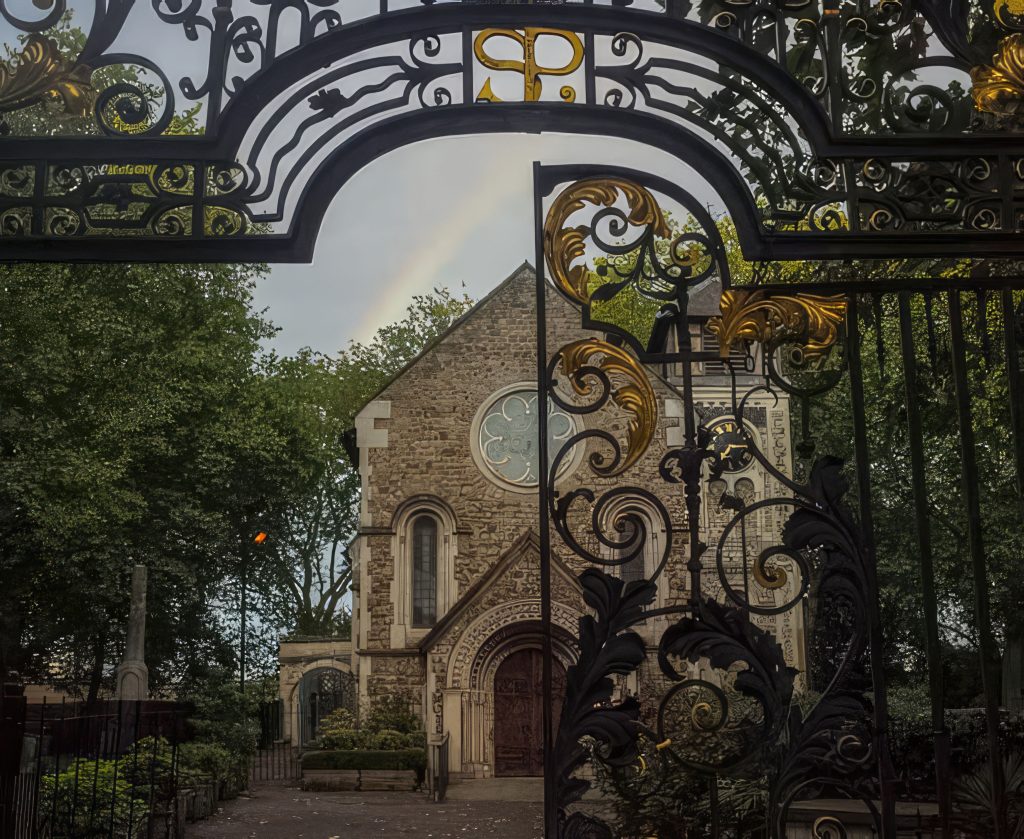
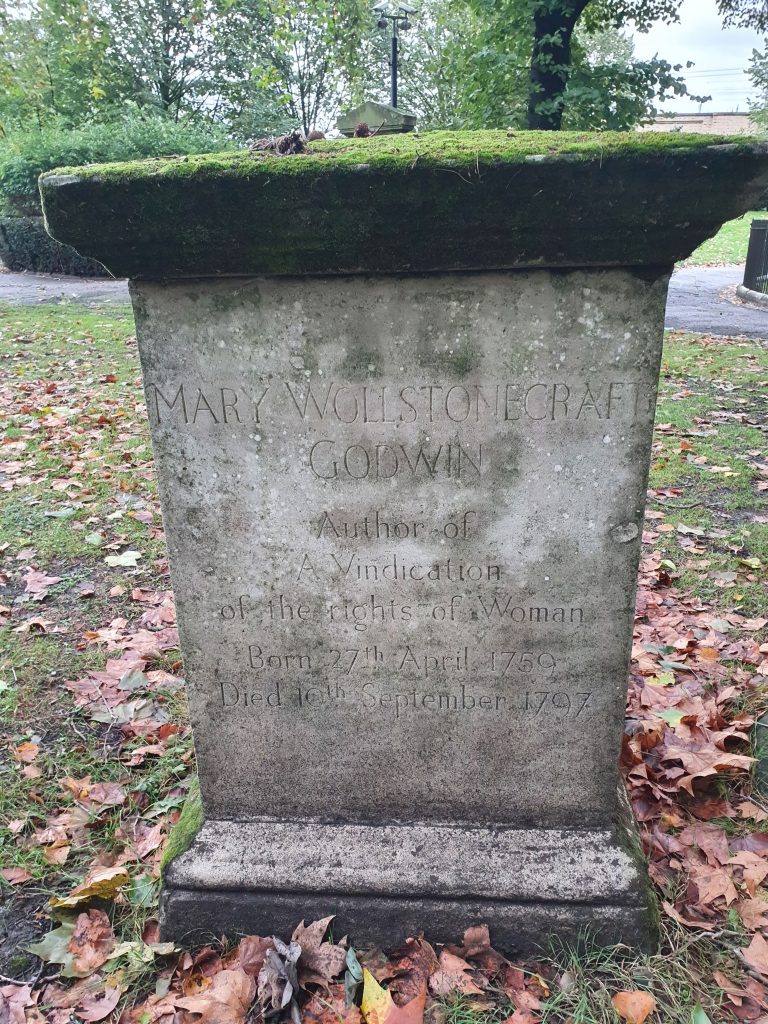
George’s Afterword indulges in a spot of Gothic tourism and investigates John William Polidori’s links to St Pancras Old Church, the site of his burial, together with its associations with the group of visionary writers Mary Wollstonecraft, William Godwin, and Mary and Percy Shelley.
Appendix: Annotated editions of The Vampyre and Byron’s ‘A Fragment’
* This volume also appends new, annotated editions of The Vampyre and of Lord Byron’s ‘A Fragment’ – the piece written at the Villa Diodati as part of the famous ghost story writing competition where Mary Godwin, later Shelley, wrote Frankenstein and which spurred Polidori to write his tale. These are a valuable resource for students and scholars.
More details of the book from MUP:
https://manchesteruniversitypress.co.uk/9781526166388/
